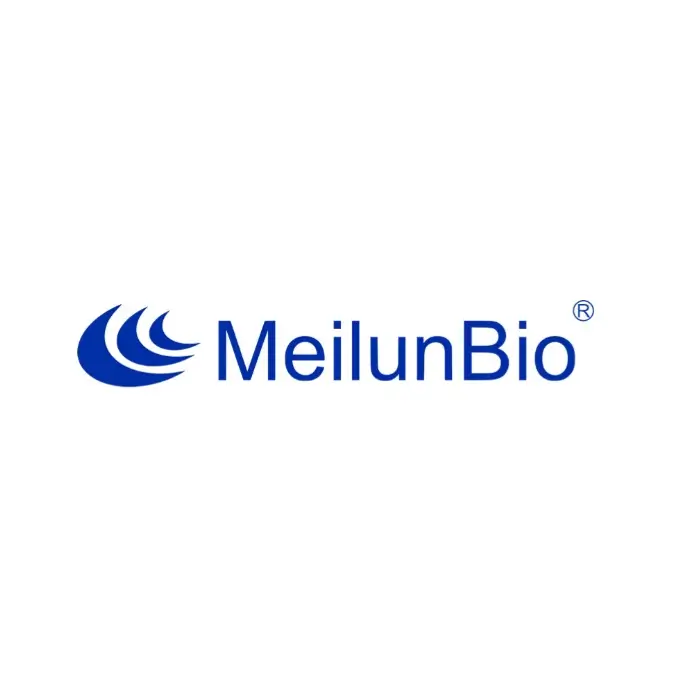| Source: | E.coli |
| Description: | Recombinant Human Interleukin-33 is produced by our E.coli expression system and the target gene encoding Ser112-Thr270 is expressed. |
| Accession: | O95760 |
| Known As: | Interleukin-33; IL-33; Interleukin-1 Family Member 11; IL-1F11; Nuclear Factor From High Endothelial Venules; NF-HEV; IL33; C9orf26; IL1F11; NFHEV |
| Predicted Mol Mass: | 18.1 KDa |
| Apparent Mol Mass: | 18 KDa, reducing conditions |
| Endotoxin: | < 0.01 EU/µg as determined by LAL test. |
| Formulation: | Lyophilized from a 0.2 μm filtered solution of 20mM PB, 150mM NaCl, pH 7.4. |
| Reconstitution: | Always centrifuge tubes before opening.Do not mix by vortex or pipetting. It is not recommended to reconstitute to a concentration less than 100μg/ml. Dissolve the lyophilized protein in distilled water. Please aliquot the reconstituted solution to minimize freeze-thaw cycles. |
| Shipping: | The product is shipped at ambient temperature. Upon receipt, store it immediately at the temperature listed below. |
| Storage: | Lyophilized protein should be stored at ≤ -20°C, stable for one year after receipt. Reconstituted protein solution can be stored at 2-8°C for 2-7 days. Aliquots of reconstituted samples are stable at ≤ -20°C for 3 months. |
| Background: | Interleukin-33 (IL-33) was initially discovered as a nuclear factor NF-HEV abundantly expressed in high endothelial venules. It is a 30-32 kD pro-inflammatory protein with intracellular and extracellular activities and a chromatin-associated cytokine of the IL-1 family with high sequence and structural similarity to IL-1 and IL-18. IL-33 is highly and selectively expressed by high endothelial venule endothelial cells (HEVECs) in human tonsils, Peyers’s patches, and lymph nodes. It contains a bipartite nuclear localization signal at the C-terminus, and is targeted to the nucleus when ectopically expressed in human umbilical vein endothelial cells (HUVECs) and HeLa cells. The C-terminal fragment, corresponding to mature IL-33, binds and triggers signaling. IL-33 mediates its biological effects via Toll-interleukin 1 (IL-1) receptor (TIR) domain-containing receptor ST2, activates NF-kappaB and MAP kinases, and drives production of T(H)2-associated cytokines from in vitro polarized T(H)2 cells. In vivo, IL-33 induces the expression of IL-4, IL-5, and IL-13 and leads to severe pathological changes in mucosal organs. Human IL-33 is 270 amino acids in length. |
重组人白介素33(IL-33)
¥1,200.00
规格: 10μg
英文名字:IL-33,Human;Recombinant Human Interleukin 33
质量标准:>95%,BR

